In February 1975, Linda Ronstadt released her fifth solo album, Heart Like a Wheel. She had moderate success with her previous albums—1969 debut Hand Sown…Home Grown and her 1972 self-titled album—but it wasn’t until Heart Like a Wheel that she really broke through into the mainstream. Ronstadt had been dabbling in country rock for a while. Purposefully, she sought songwriters who were working in that style. Her albums were reflective of her unique blend of genres.
Videos by American Songwriter
I listened to Ronstadt’s debut album for the first time recently. I also shared my thoughts about the critically acclaimed work that started her journey to becoming rock royalty. What I find interesting about Linda Ronstadt is that she rarely wrote her own songs. Mainly she considered herself a performer, not a songwriter. However, she had great taste and knew when a song would be a hit in her vocal style.
“Anybody can write a song, but it’s really hard to write a good song, and it’s almost impossible to write a great song,” Ronstadt previously told Route Magazine. “And I had people who were writing great songs around me.”
Hearing Ronstadt’s crystal clear, angelic vocals for the first time, I was struck by how her voice can fill a room. Even just playing her music on Spotify over a speaker. She commanded the space as if even her recorded voice knew it was being listened to with intent. Imagine seeing her live in an intimate theater. That powerful voice exploding out from her small frame and stretching to the corners of the room. She is also adept at reeling her voice back in from its long reach, bringing her volume down to a susurration, a gentle hush when the time calls for it.
Linda Ronstadt’s Heart Like a Wheel Gained Mainstream Success and Showed Off Different Facets of Her Vocal Talents
Heart Like a Wheel became Linda Ronstadt’s first No. 1 album in the U.S. after it reached the top of the Billboard 200. The opening track, Clint Ballard Jr.’s “You’re No Good,” also reached No. 1 on the Billboard Hot 100. At the Grammy Awards that year, she was nominated for Album of the Year, while her version of Hank Williams’ “I Can’t Help It If I’m Still In Love With You” won Best Country Vocal Performance by a female performer.
All this spelled out commercial and mainstream success for Heart Like a Wheel. Artistically, it’s a gorgeously cohesive album. The songs Ronstadt chose to cover fit together on the album like a patchwork quilt. Thematically, they span feelings of love, loss, yearning, and regret. She has incredible control over her vocals, evoking strong emotions through simple changes in tone and breath.
Ronstadt also covered “It Doesn’t Matter Anymore” by Paul Anka, “Faithless Love” by JD Souther, “The Dark End of the Street” by Chips Moman and Dan Penn, and the title track “Heart Like a Wheel” by Anna McGarrigle. Additionally, she chose “When Will I Be Loved” by Phil Everly, “Willin’” by Lowell George, “Keep Me From Blowing Away” by Paul Craft, and “You Can Close Your Eyes” by James Taylor.
“Heart Like a Wheel” in particular is a powerful track because of Ronstadt’s control of emotion. Her voice floats through the song like an angel choir on lines like “please, God, hold my hand.” Then, she stands firm and powerful on “but my love for you like a sinking ship.” Ronstadt knew how to choose her cover songs and exactly where to put them on an album. She closed Heart Like a Wheel with “You Can Close Your Eyes” by James Taylor. Here, she starts out soft and gentle, keeping that thread through most of the song. Finally, she reaches for a high, twinkling note on the closing line, “you can sing this song when I’m gone.”
Featured Image by Richard McCaffrey/ Michael Ochs Archive/ Getty Images



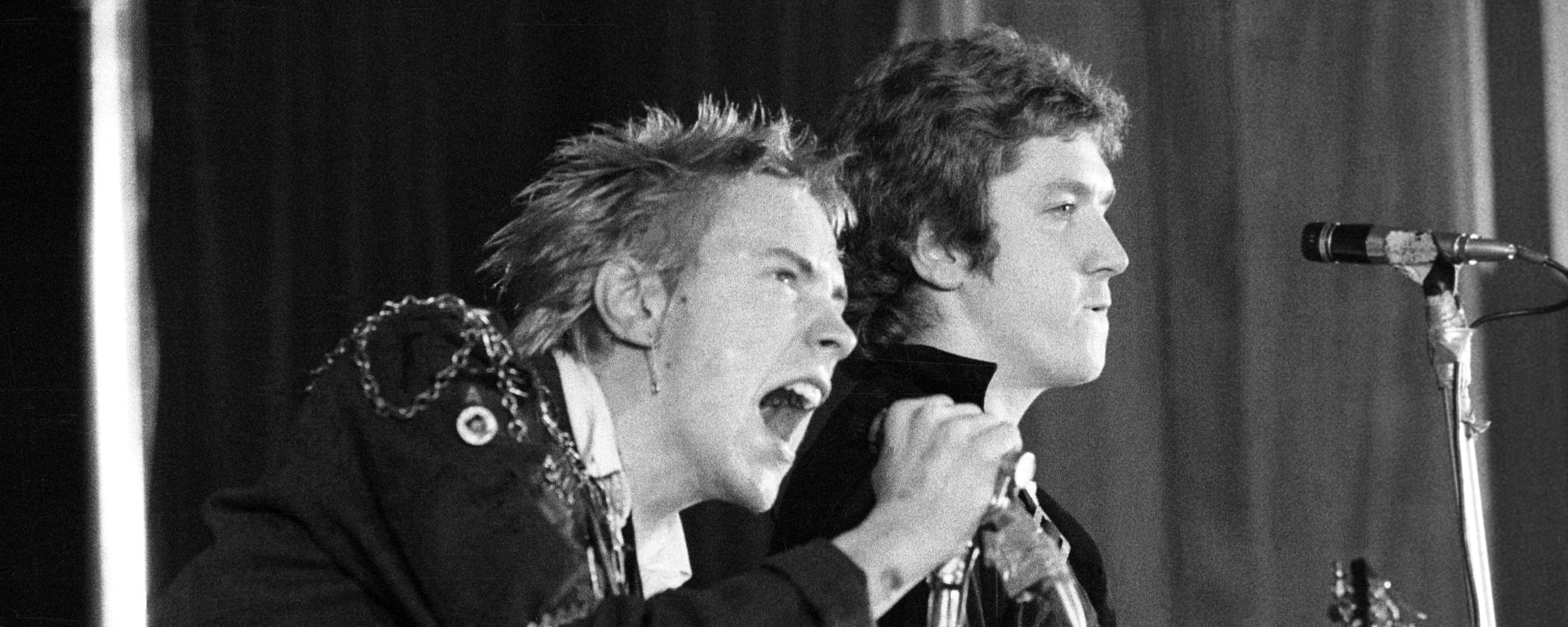
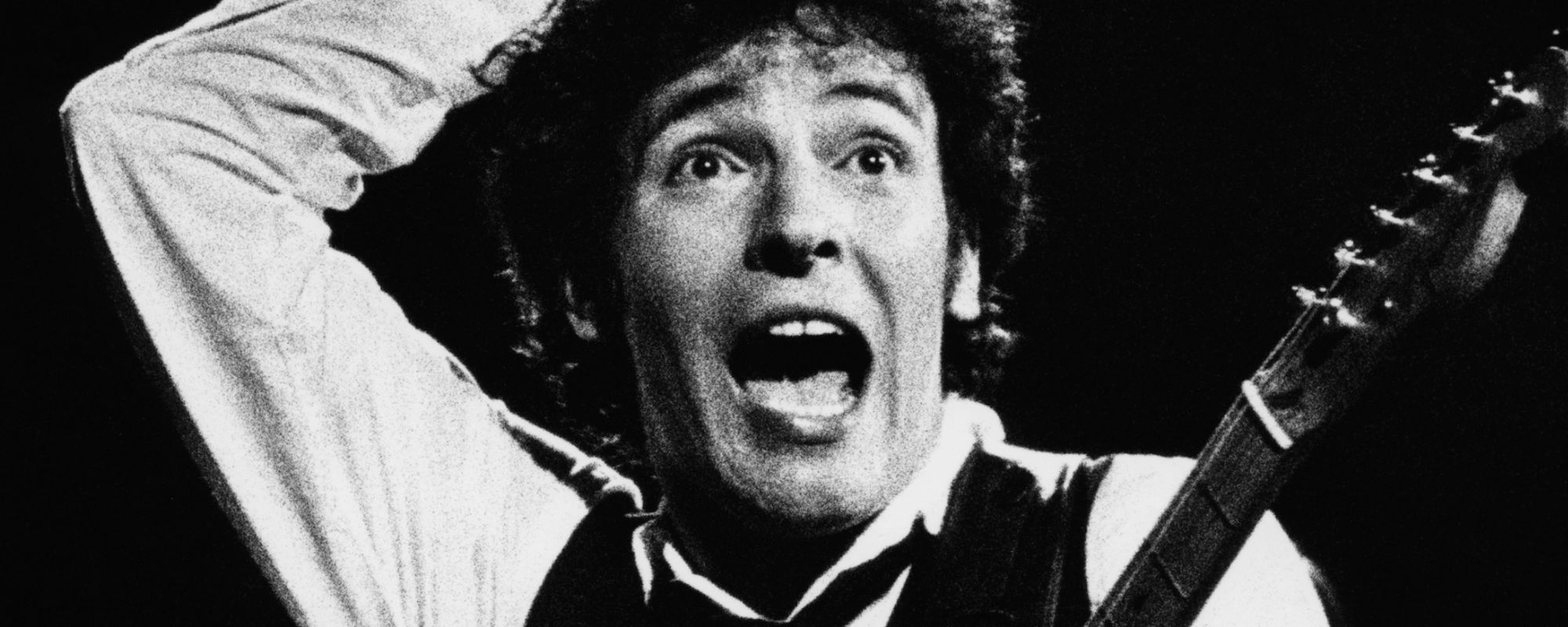




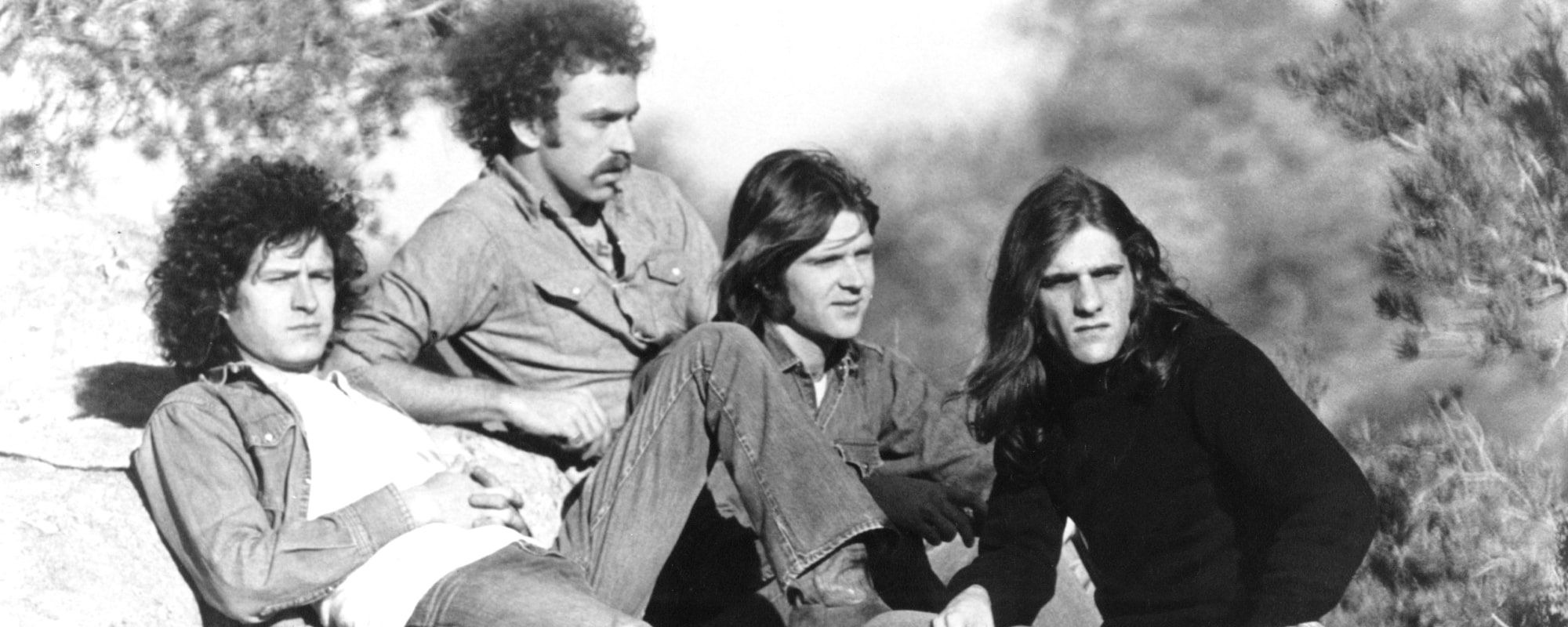

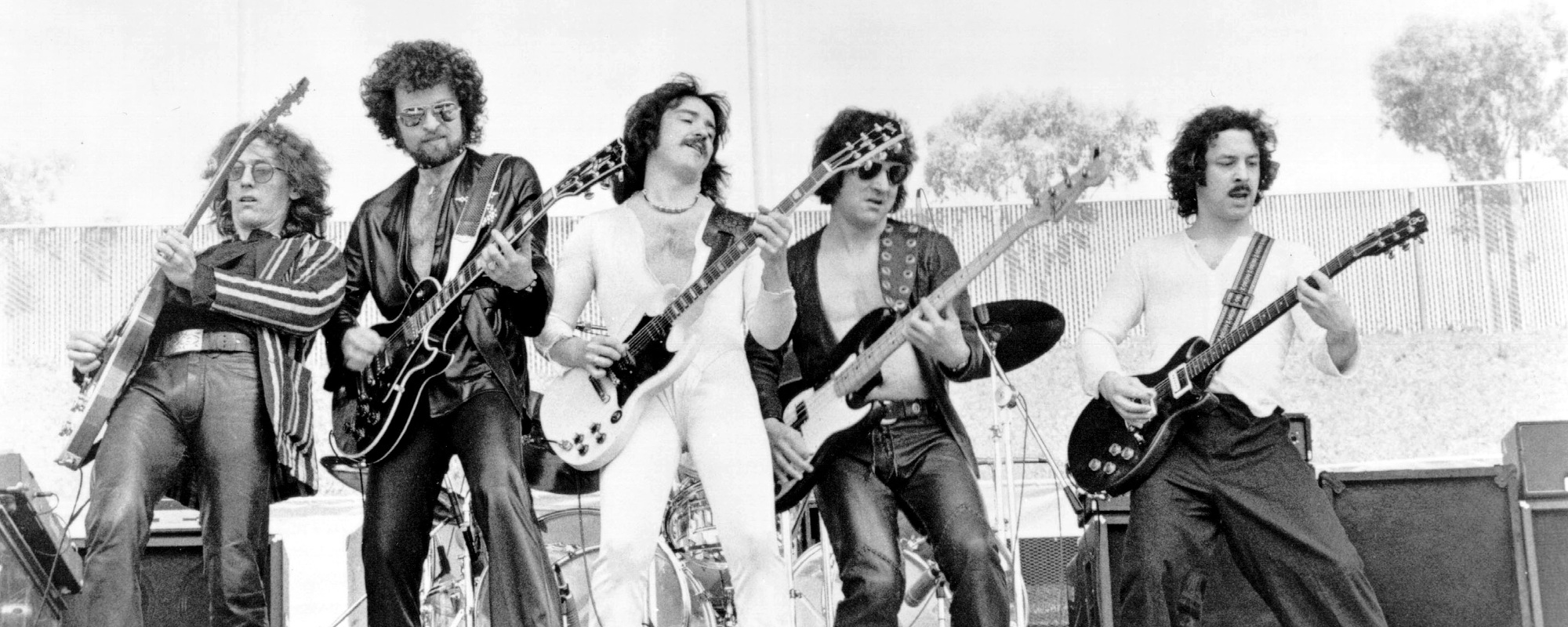
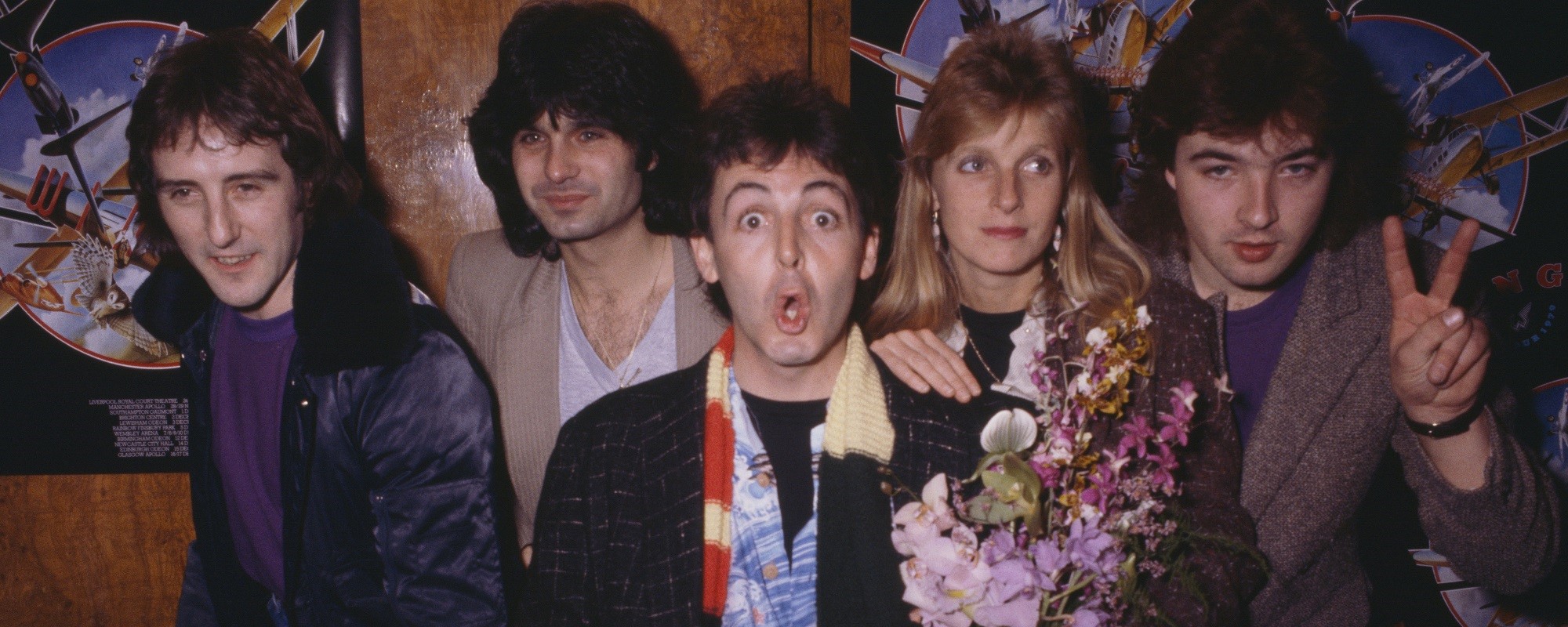
Leave a Reply
Only members can comment. Become a member. Already a member? Log in.